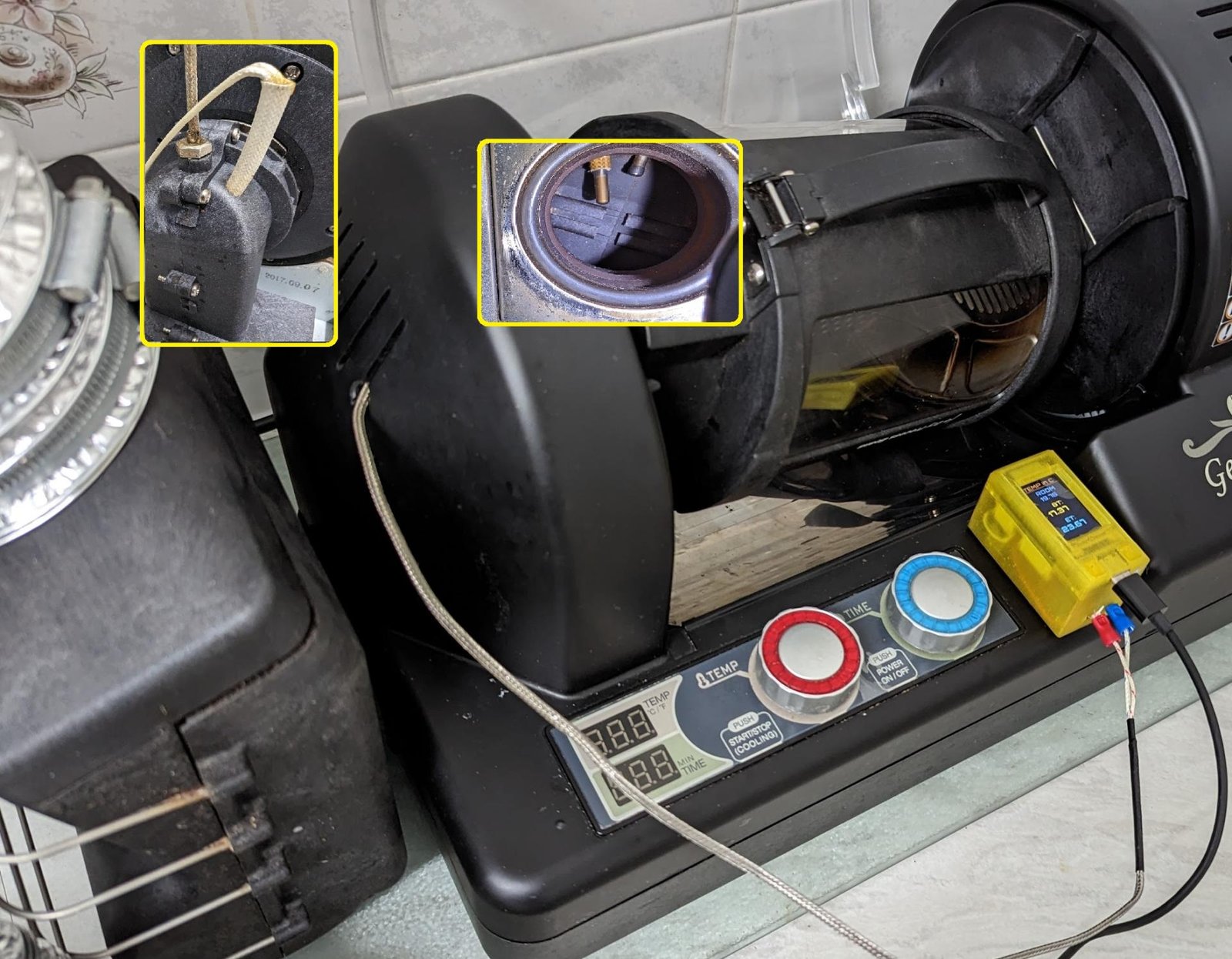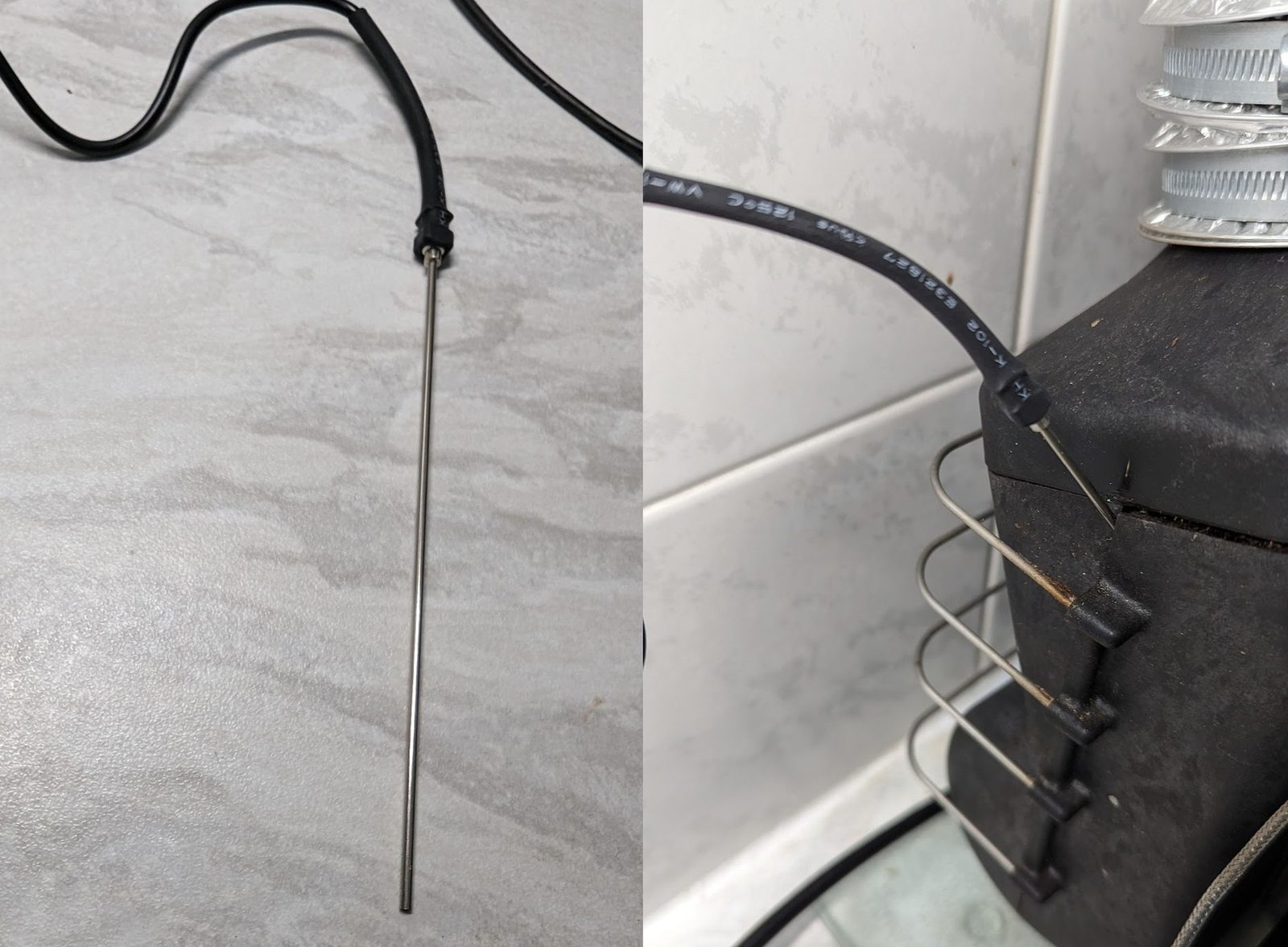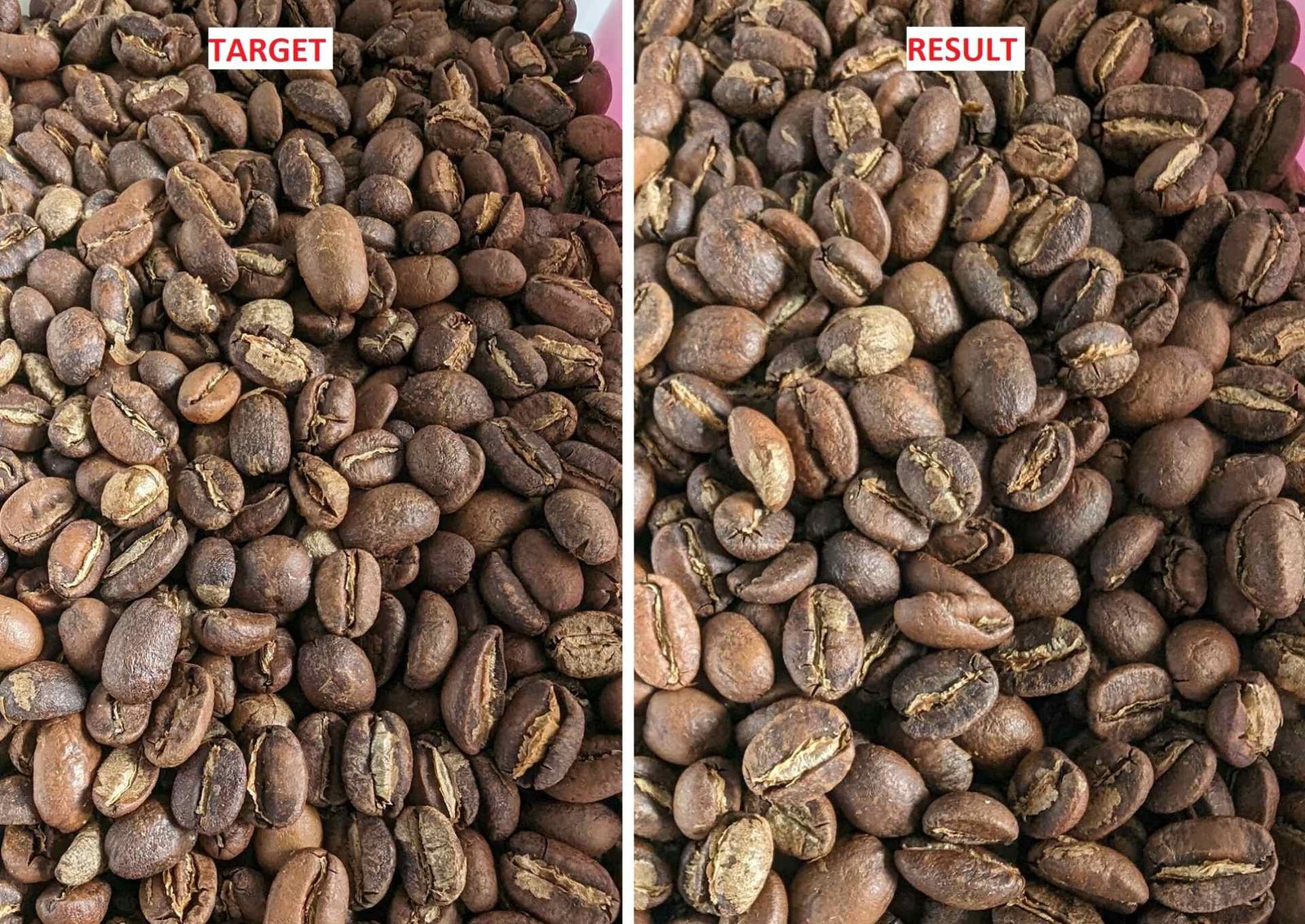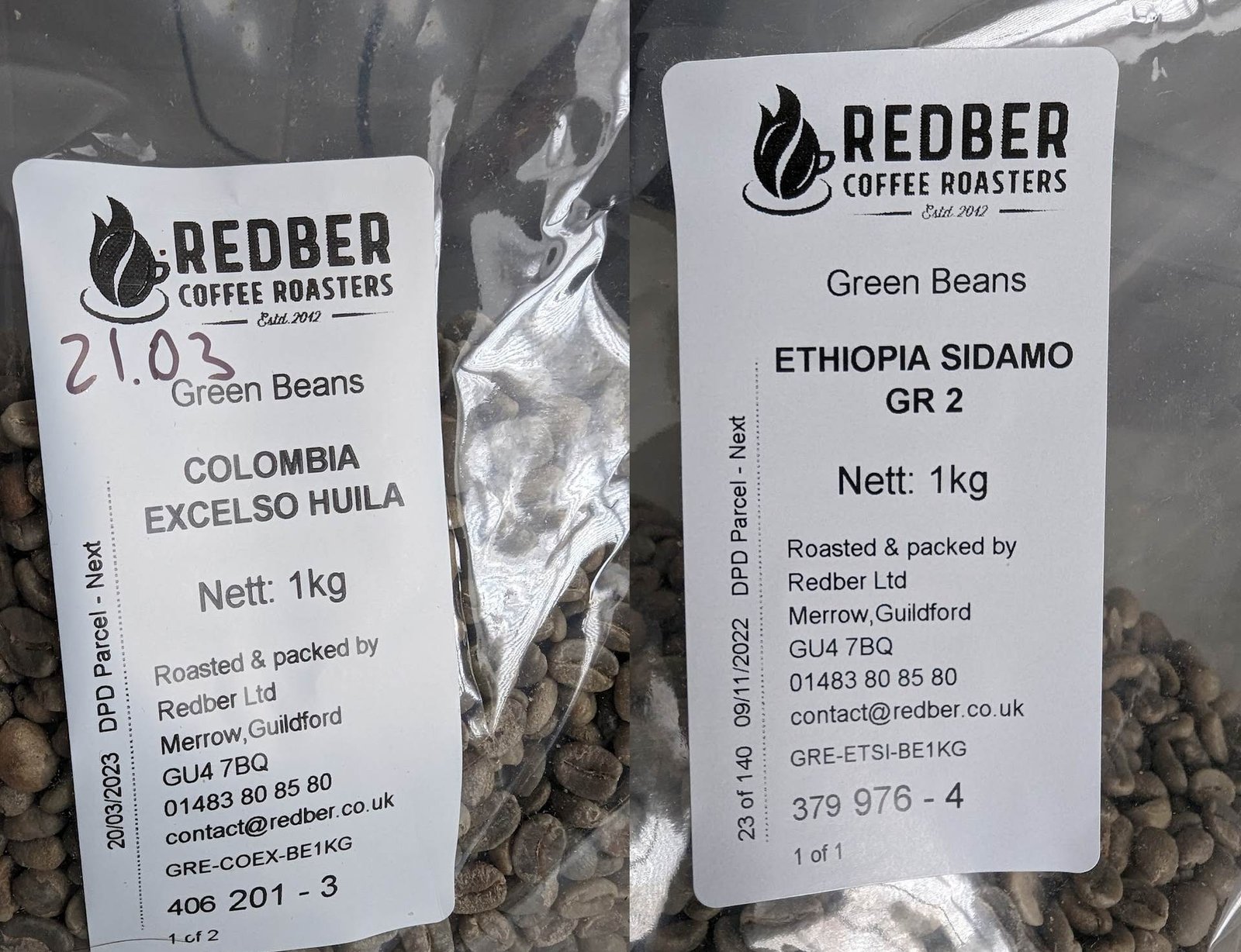
Login
Shoutbox
You must login to post a message.
renatoa
04/29/2024 1:50 AM
 , OptomAvad
, OptomAvadallenb
04/26/2024 11:19 AM
Mongke


renatoa
04/26/2024 7:26 AM
 , bmartin1000
, bmartin1000renatoa
04/25/2024 2:03 AM
AGZ and Intercolcoffee


allenb
04/23/2024 7:01 PM
Paul Kalb


Forum Threads
Newest Threads
War on Farmers by Su...Lift blower
Roast Color Meter - ...
Skywalker roaster mods
Hello from Montreal ...
Hottest Threads
| Skywalker roaster... | [306] |
| Skywalker Roasts | [94] |
| Rainfrog's Roastm... | [54] |
| War on Farmers by... | [41] |
| Green coffee sellers | [18] |
Donations
Latest Donations
dmccallum - 10.00
JackH - 25.00
snwcmpr - 10.00
Anonymous - 2.00
Anonymous - 5.00
dmccallum - 10.00
JackH - 25.00
snwcmpr - 10.00
Anonymous - 2.00
Anonymous - 5.00
Users Online
Guests Online: 4
Members Online: 0
Total Members: 8,236
Newest Member: OptomAvad
Members Online: 0
Total Members: 8,236
Newest Member: OptomAvad
View Thread
Who is here? 1 guest(s)
|
Roasting to the target profile
|
|
| greztukas |
Posted on 05/30/2023 11:00 PM
|
|
Newbie  Posts: 6 Joined: April 25, 2023 |
Just wondering how others are roasting to the targets or in other words replicating profiles? How easy or difficult the process for others is? Are you making a plan/notes before and try to follow them during the roast? Are you loading profiles in background of software and trying to follow them? :/ I want to share with you how I was replicating my previously recorded roasting profile on my Gene Cafe (CBR-101) 🙂 Reason: I found very nice taste in a cup of my espresso from one of my previous roasts. Beans were running out, still had same greens, so decided to use same recipe and same profiling (as a Target) to try get same result in a cup. I wanted to try and test few thing:
Hardware & software: Roaster: Gene Cafe CBR-101 + extra Thermocouple K (no mods); Software: Roasters Pal application; Temperature logger: Bluetooth logger (Arduino) connected to app and thermocouple; Microphone: HY929 with stick inserted into the chaff collector; Recipe: Blend from 75% Ethiopia Sidamo and 25% Colombia Excelso. Process: 1. Target profile was recorded few weeks before (same roaster with extra thermocouple, same software, but no microphone). 2. In the app, I connected to the Bluetooth logger to receive data from thermocouple, created a new profile and chosen to show a target profile in graph. 3. During the roast I was trying to match ongoing roasting (red colour) with target (gray colour) close as possible. 4. Close to the 1st crack I was using earphones to listen for a first crack. As you can see from the graph image, with the microphone I was able to hear clear 1st crack about 40+ seconds early comparing to target. Higher temperature impacted that a little as well probably. 5. I didn’t expected so early 1st crack so presumed that same was for target roast. So I kept beans in development for the extra 30 seconds. Conclusion:
Images:      Video of the process: ---------------------------------------------------
CB600, CBR-101 (modifying) Roasters Pal app (developing) |
|
|
|
| renatoa |
Posted on 05/31/2023 1:23 AM
|
|
Administrator  Posts: 3014 Joined: September 30, 2016 |
Even better is to take control of the heater and roast using power profiles. Much more accurate airflow temperature than the on-off pulsing used by Gene. This way you can even automate the roast process. The FC approaching can be guessed also even by hearing impaired persons, from a sudden rise of RoR preceding by 15-20 seconds the very first cracks. Possible only if your measurement system computes and displays rate of change. Not with Gene own display. |
|
|
|
| greztukas |
Posted on 06/06/2023 6:28 PM
|
|
Newbie  Posts: 6 Joined: April 25, 2023 |
Quote renatoa wrote: The FC approaching can be guessed also even by hearing impaired persons, from a sudden rise of RoR preceding by 15-20 seconds the very first cracks. It's interesting. I'll take a look, just out of curiosity. But that would probably still be too complicated for me :) ---------------------------------------------------
CB600, CBR-101 (modifying) Roasters Pal app (developing) |
|
|
|
| renatoa |
Posted on 06/07/2023 2:52 AM
|
|
Administrator  Posts: 3014 Joined: September 30, 2016 |
Not so complicate, actually, if using a measurement system showing rate of change. I mean a real time rate of change, computed by measurement system, not a user computed manually based on observed temperatures and time, this is not fast and precise enough. Check this post for an example: https://homeroast...post_77057 Personally I am careful more with rate of change evolution than temperatures figures, which completely different from machine to machine, and even for same machine depends on the probe placement. But the rate of change tell me the same for any machine. |
|
|
|
| Jump to Forum: |
Powered by PHP-Fusion Copyright © 2024 PHP-Fusion Inc
Released as free software without warranties under GNU Affero GPL v3
Designed with ♥ by NetriXHosted by skpacman



